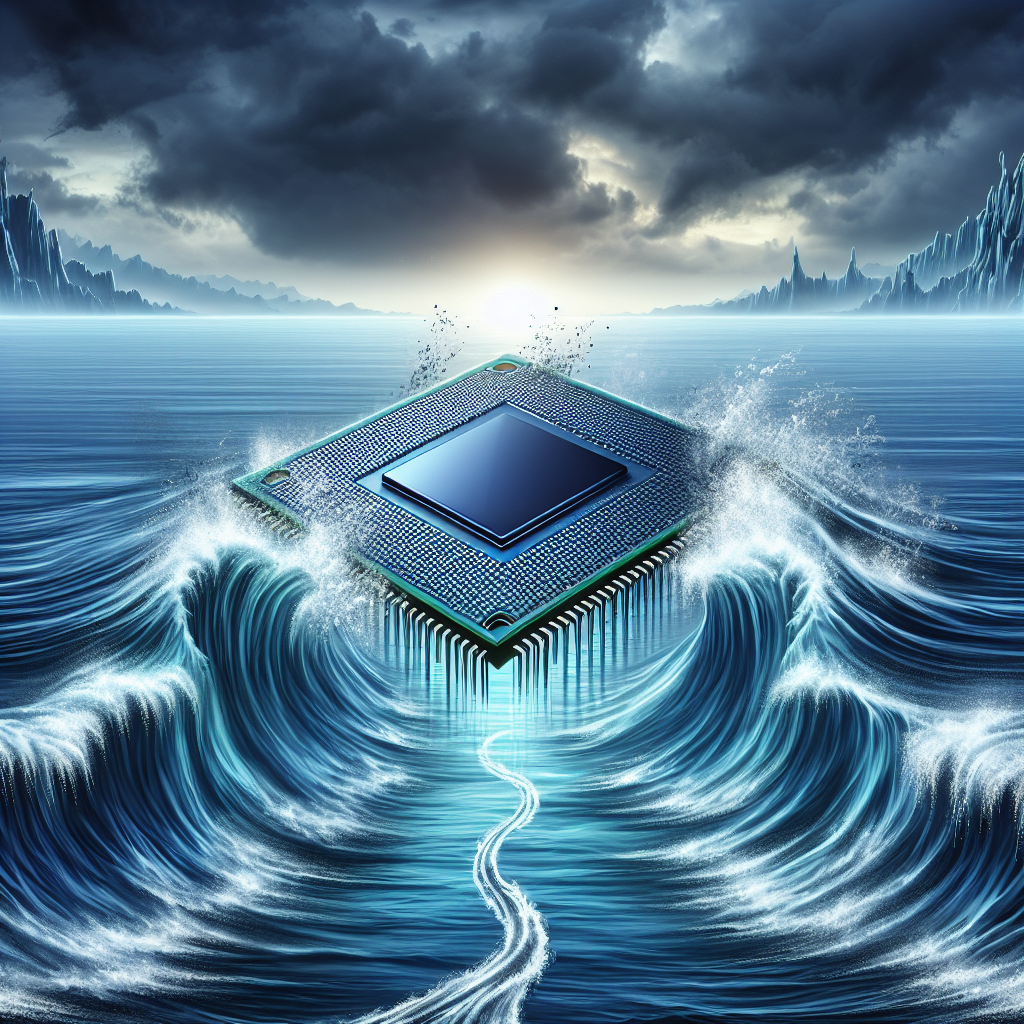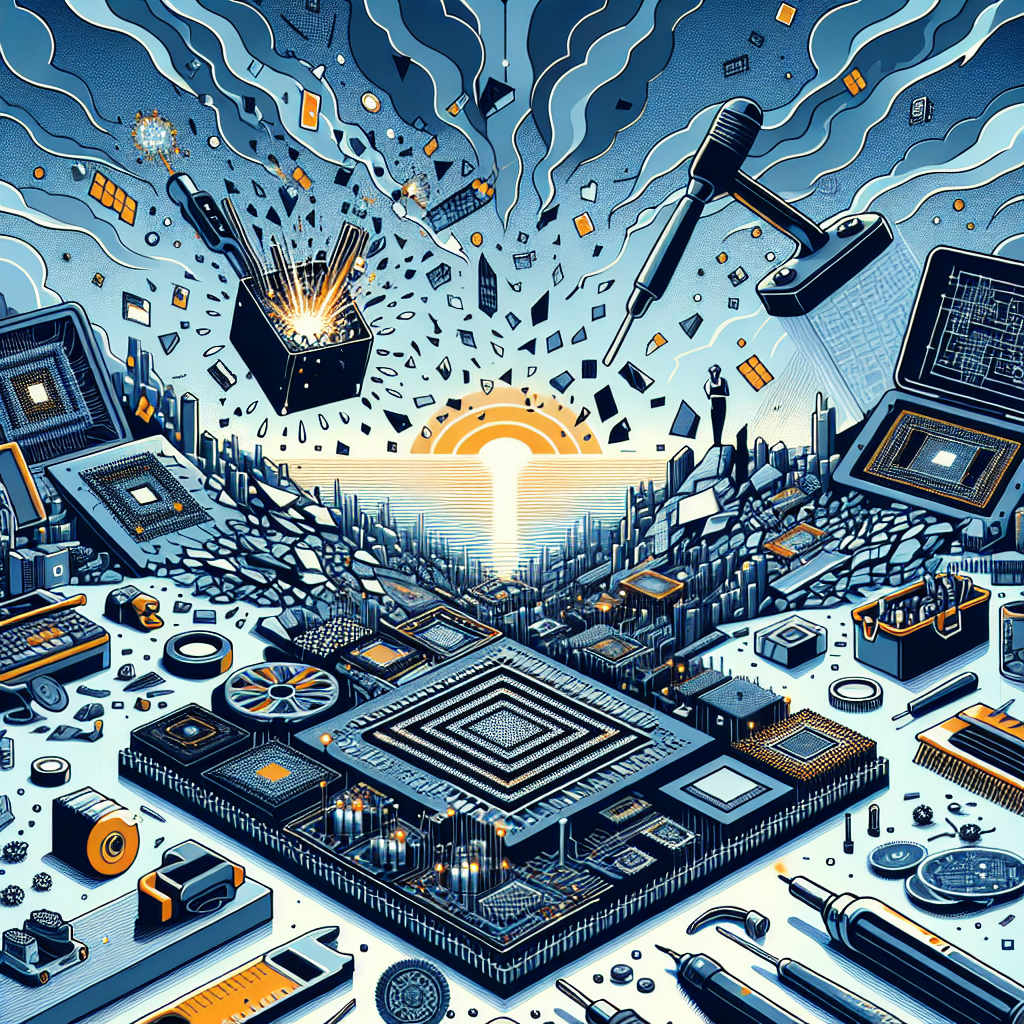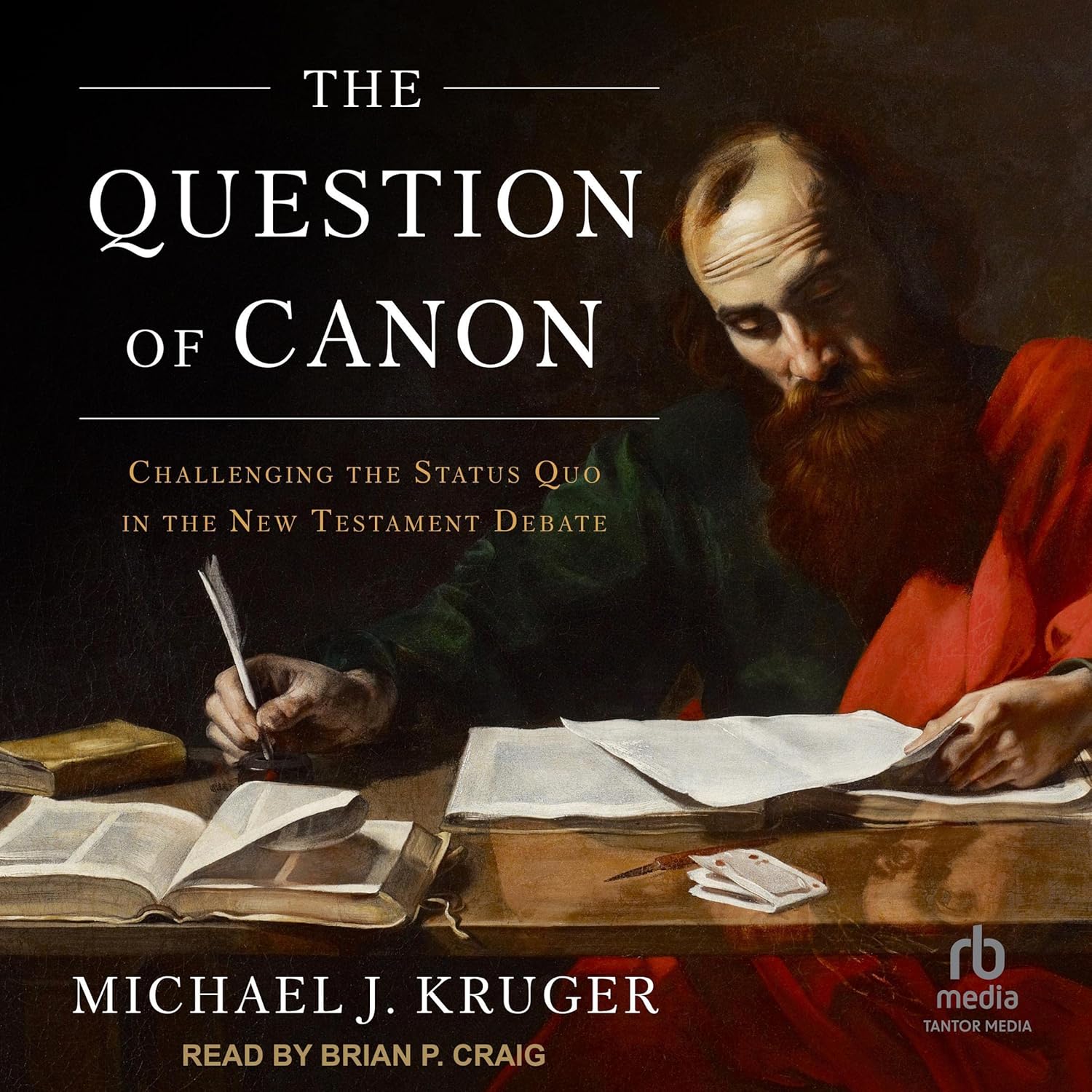Your cart is currently empty!
Tag: Quo
Section 31 Will Shake Up Star Trek’s Status Quo, and That’s Exactly What The Franchise Needs
When Star Trek: Discovery debuted in 2017 on Paramount’s streaming service (then called CBS All Access), the legendary Michelle Yeoh played a key role. A year later, news broke that Paramount wanted her character, Philippa Georgiou, for a spinoff series. Star Trek: Section 31 is the result of that effort, but in the six years since it was first imagined, much has changed.
Michelle Yeoh became an Oscar winner for Everything, Everywhere All At Once. Discovery continued for four more seasons, ending its five-year mission in 2024. Numerous other series, from the animated Lower Decks (also now ended) to Discovery spinoff Strange New Worlds and the forthcoming Starfleet Academy joined the ranks. The biggest change, however, is it’s no longer a series, but rather a standalone film. The only thing that remains unchanged, however, is that Section 31 was to be unlike any Star Trek before it.
Star Trek: Discovery Faced Backlash from Fans for Its Differences
This Is Not Unique to the Series, but Social Media Amplified It
Despite critical praise, Discovery immediately faced backlash from Star Trek fans upon its release. This should not have been a surprise, since such a reaction fits a long-time pattern dating back to the 1970s. What was unique, however, was the advent of social media, YouTube and a cottage industry of content creators who stoke bad faith critique and a sense of entitlement felt by long-time fans of these generational universes.
Ironically, Star Trek: Discovery emulated Gene Roddenberry’s approach to creating the first live-action sequel, Star Trek: The Next Generation. He realized for The Next Generation to work, it needed to look and feel drastically different from Star Trek: The Original Series. This meant everything from production design to the way stories were told had to feel unique. Even the ethos and tone of the show changed, becoming more evolved and “perfect” in the next century. Yet, the show still needed to have the “DNA” as its predecessor. Discovery did this, too, though as a prequel to The Original Series, the characters and tone were less perfect than The Next Generation’s.

Related
Star Trek: Section 31 Stars Tease Their Characters and Praise Co-Star Michelle Yeoh
EXCLUSIVE: The director and stars of Star Trek: Section 31 speak about the upcoming film at New York Comic Con.
While there remains plenty of bad-faith hate aimed at the series, many long-time fans had legitimate complaints. From the war with the Klingons to the behavior of Jason Isaac’s Captain Lorca, things felt “off.” It wasn’t until the connection to the Mirror Universe was revealed that it all began to make sense. The popular alternate timeline also brought Yeoh back as Empress Philippa Georgiou, the cruel tyrant who ruled Star Trek‘s evil universe. This is the character who appears in Section 31.
Section 31 Will Not Be a Traditional Star Trek Story, Nor Should It Be
In Its Sixth Decade, Gene Roddenberry’s Universe Must Evolve to Continue
Georgiou’s past as a xenophobic despot is not the main reason the film is even more of a departure from traditional Star Trek. After all, over three seasons on Discovery, her character evolved, softening in some ways and retaining hard edges in others. Fans’ first look at Section 31 in the official trailer sent a clear signal that this film was going places the universe never traversed before. In fact, it’s a corner of the galaxy where the beloved Federation isn’t present at all.
“I’m terrified of how it’s going to be received because it’s not the Trek people want. The Trek that people want, the Trek that we all want, is just 1,000 more episodes of TNG.” — Robert Kazinsky in an interview.
Introduced in Star Trek: Deep Space Nine and expanded upon in Star Trek: Enterprise, Section 31 is a black ops division of Starfleet. Their mandate is to protect the Federation and the galaxy, which feels like a very traditional Star Trek idea. However, the way they go about it is not, with the clandestine organization often behaving more like villains than idyllic heroes. The genesis of this story came from Michelle Yeoh herself, and the project “fell apart” more than once.

Related
Star Trek’s Section 31 Is a Test Case for the Future of the Franchise
As Star Trek: Section 31 went from spinoff series to feature film, the Michelle Yeoh-led project is a test case for the future of the franchise.
Despite setbacks, Yeoh remained “completely committed” and her Oscar win likely saved the project. Already a legend, her Academy Award clout even further strengthened the willingness to take a risk with the film. Instead of seeing familiar heroic archetypes on a Starfleet vessel, Section 31 will introduce a group of galactic creeps in a brand-new region of the galaxy. Still, no matter how different the film will be, they band together as a crew to save lives and protect the Federation. It doesn’t get more “Star Trek” than that.
Star Trek Always Ages Well as Controversial Entries Become Classics
Tonal Shifts and Design Changes Eventually Feel Like They’ve Always Been There
In the 1970s, Trekkies actually picketed the network that canceled The Original Series for more episodes. When NBC ordered Star Trek: The Animated Series, these same fans revolted and picketed to have them cancel it. Yet, the Filmation series remains the only Star Trek show to win an Emmy for the substance of its storytelling and not visual effects or makeup. Similarly, The Next Generation was derided in fanzines and at conventions, but at least the fans showed up to make the sequel a ratings hit for every network that picked up the show.
After Roddenberry’s death, Star Trek: Deep Space Nine was created, and the cycle began again. Fans complained about the design of the Cardassian space station, the dubious morality of the characters and the dark tone of its stories. Star Trek: Voyager was also criticized, and Star Trek: Enterprise after it. However, once Paramount canceled Star Trek in 2005, fans realized how good they had it. In syndication and, later, streaming, new and old viewers fell in love with these now-classic series.

Related
Contrary to Fan Opinion, This Lower Decks Joke Did Not Actually Break Star Trek Canon
Star Trek: Lower Decks included a joke in the series finale that caused some fans to question Discovery’s place in the Prime Universe’s canon.
The smart gold-pressed latinum says that, eventually, Discovery will get credit for saving Star Trek as time goes on. Critical fans may soften their opinions, especially since shows like Star Trek: Strange New Worlds and Star Trek: Prodigy feel more traditional. Yet, these series bring in a new generation of fans for whom The Next Generation era and the third wave were “always Star Trek.” That cycle ensures Roddenberry’s universe lasts another 60 years. Stories like Section 31 are necessary.
Despite Its Differences, Section 31 Will Still Fit Into the Larger Saga
Risk Is Star Trek’s Business, and Section 31 Will Take Big Ones
The 21st Century has made the universe stronger than ever before. In fact, the old Paramount regime couldn’t afford to keep up with the demand for new Star Trek series. While Yeoh may be even more in-demand as an actor, Section 31 more likely became a movie because it’s all the beleaguered studio could afford. It’s a blessing in disguise. Section 31 will need to tell a tight story, meaning it will get to the hopeful, aspirational part of the narrative sooner than Discovery did. Rather than being forced to sustain tension for ten episodes, it could leave fans wanting more.
Paramount studios was in dire financial straits, specifically because of major box office losses and is in the process of being “sold” to SkyDance Media.
Section 31 director Olatunde Osunsami seems to agree, wanting more Star Trek movies like this. It’s also good for business, since rather than investing in an entire season, Paramount can allow filmmakers to take risks, develop new characters and introduce new parts of the galaxy. Similarly, those not already fans of the universe are more likely to commit to a single film rather than invest in a full series right away.

Related
Lower Decks’ Tawny Newsome Shares New Update on Her Live-Action Star Trek Workplace Comedy Series
The plans for the live-action Star Trek workplace comedy may be changing since it was first announced this summer.
Left wanting more, they will turn to Discovery and then other shows and films until they’ve been assimilated as a full-on Star Trek fan. Beyond further building out the universe, Section 31 challenges fans’ assumptions about what kind of stories this universe can and should tell. It can definitely take a group of scoundrels and turn them into heroes, as Deep Space Nine already proved. There will be an outcry from fans shocked at how different Section 31 is from what they already know. Yet, that’s the magic trick this universe constantly pulls.
Star Trek: Section 31 will debut on Paramount+ on January 24, 2025, and Strange New Worlds Season 3 is expected to debut sometime in 2025.

Star Trek: Section 31
- Studio
-
CBS Studios, Secret Hideout, Roddenberry Entertainment
- Distributor(s)
-
Paramount Pictures
As a longtime fan of Star Trek, I have always been intrigued by the mysterious and secretive organization known as Section 31. This covert group operates outside the bounds of Starfleet regulations, using any means necessary to protect the interests of the Federation. And now, with the upcoming release of the new series, “Star Trek: Section 31,” I can’t help but feel excited about the potential impact it will have on the franchise.For too long, Star Trek has been criticized for being too formulaic and predictable. While the series has always explored important themes and moral dilemmas, it often followed a familiar pattern of exploration, conflict, and resolution. But with Section 31 entering the scene, that could all change.
Section 31 brings a new level of complexity and intrigue to the Star Trek universe. With their shady dealings and questionable ethics, they challenge the very ideals that Starfleet stands for. By shining a light on this dark underbelly of the Federation, the show has the potential to explore themes of power, corruption, and morality in a way that we haven’t seen before.
But perhaps most importantly, Section 31 will shake up the status quo of Star Trek. By introducing a new perspective and a new set of characters, the series has the opportunity to push the boundaries of what we expect from the franchise. It will force us to question our assumptions and challenge our beliefs, all while delivering the kind of thrilling storytelling that we’ve come to love from Star Trek.
In short, Section 31 is exactly what Star Trek needs right now. It’s a bold and daring move that has the potential to breathe new life into the franchise and capture the imaginations of fans old and new. So buckle up, because things are about to get a lot more interesting in the world of Star Trek.
Tags:
Star Trek, Section 31, Star Trek franchise, Star Trek news, Star Trek updates, Star Trek series, Star Trek TV show, science fiction, Star Trek universe, Star Trek characters, Star Trek lore, Star Trek spoilers, Section 31 spinoff, Star Trek theories, Star Trek discussion
#Section #Shake #Star #Treks #Status #Quo #Franchise
AMD’s Influence on the PC Market: Disrupting the Status Quo
Advanced Micro Devices (AMD) has been making waves in the PC market in recent years, disrupting the status quo and challenging the dominance of its main competitor, Intel. With a range of powerful and affordable processors, AMD has quickly gained a loyal following among gamers, content creators, and PC enthusiasts.One of the key factors driving AMD’s success is its focus on innovation and performance. The company’s Ryzen processors have been praised for their high core counts, impressive multi-threaded performance, and excellent value for money. This has made AMD a popular choice for users looking for a powerful CPU without breaking the bank.
In addition to its Ryzen processors, AMD has also made significant strides in the graphics card market with its Radeon GPUs. These GPUs offer competitive performance and are often priced lower than their Nvidia counterparts, making them an attractive option for budget-conscious gamers.
AMD’s influence can also be seen in the increasing adoption of its products by major PC manufacturers. Companies like Dell, HP, and Lenovo have started offering AMD-powered systems alongside Intel-based ones, giving consumers more choice and driving competition in the market.
Furthermore, AMD’s success has also prompted Intel to up its game. The company has been forced to release more powerful and affordable processors in response to AMD’s offerings, leading to better products for consumers overall.
Overall, AMD’s influence on the PC market has been overwhelmingly positive. The company’s focus on innovation and performance has pushed the industry forward and given consumers more options when it comes to building their dream PC. As AMD continues to disrupt the status quo, it will be interesting to see how its competitors respond and how the market evolves in the coming years.

AMD’s Impact on the Tech Industry: Disrupting the Status Quo
When it comes to the tech industry, one company that has been making waves and disrupting the status quo is Advanced Micro Devices (AMD).AMD is a semiconductor company that designs and manufactures computer processors, graphics cards, and other technologies. While they have been around for decades, it is in recent years that they have really started to shake things up in the tech world.
One of the ways that AMD has been disrupting the status quo is through their competitive pricing. Historically, Intel has dominated the market for computer processors, but AMD has started to challenge that dominance by offering high-quality processors at a lower price point. This has forced Intel to lower their prices and offer more competitive products, ultimately benefiting consumers who now have more options at better prices.
In addition to their competitive pricing, AMD has also been pushing the boundaries of technology with their innovative products. One of their biggest breakthroughs in recent years has been the development of their Ryzen processors, which have been praised for their performance and efficiency. These processors have been widely adopted by gamers and content creators, further cementing AMD’s place in the tech industry.
Furthermore, AMD has also been making waves in the graphics card market with their Radeon GPUs. While NVIDIA has long been the leader in this space, AMD’s Radeon graphics cards have been gaining traction for their performance and value. This has created more competition in the market and forced NVIDIA to step up their game in order to maintain their dominance.
Overall, AMD’s impact on the tech industry has been significant. They have disrupted the status quo by offering competitive pricing, innovative products, and pushing the boundaries of technology. As they continue to grow and innovate, it will be interesting to see how they continue to shape the future of the tech industry.

The Rise of AMD: How the Company is Challenging the Status Quo
In the world of computer processors, Intel has long been the dominant player. But in recent years, a challenger has emerged to challenge the status quo: AMD. Advanced Micro Devices, or AMD, has been making waves in the tech industry with its innovative products and competitive pricing.AMD’s rise to prominence has been fueled by a number of factors. One key reason is the company’s focus on creating high-performance processors that offer better value for money than Intel’s offerings. AMD’s Ryzen line of processors, for example, has been praised for its performance and affordability, making it a popular choice among gamers and other tech enthusiasts.
Another factor driving AMD’s success is its focus on innovation. The company has been pushing the boundaries of processor technology with products like the Ryzen Threadripper, which offers unprecedented levels of performance for demanding tasks like video editing and 3D rendering. AMD has also been making strides in the data center market with its EPYC processors, which offer high performance and energy efficiency for servers and other enterprise applications.
In addition to its focus on performance and innovation, AMD has also been gaining traction in the market thanks to its partnerships with major tech companies. For example, AMD has teamed up with Microsoft to power the Xbox Series X and Series S consoles, as well as with Sony for the PlayStation 5. These partnerships have helped to raise AMD’s profile and showcase the company’s capabilities to a wider audience.
Overall, AMD’s rise in the tech industry is a testament to the company’s commitment to challenging the status quo and pushing the boundaries of what is possible with computer processors. As AMD continues to innovate and expand its product lineup, it is likely that the company will continue to pose a significant challenge to Intel’s dominance in the market. Whether you’re a gamer, a content creator, or a data center operator, AMD’s products are worth keeping an eye on as the company continues to shake up the industry.

Disrupting the Status Quo: The Fabless Revolution in Semiconductor Manufacturing
The semiconductor industry has long been dominated by a handful of large companies that have traditionally controlled the entire manufacturing process, from design to production. However, in recent years, a new trend has emerged that is disrupting the status quo and challenging the traditional way of doing things.The fabless revolution in semiconductor manufacturing is changing the game by allowing companies to focus solely on the design and development of semiconductor chips, while outsourcing the manufacturing process to third-party foundries. This shift has opened up new opportunities for smaller companies to enter the market and compete with the industry giants, leading to increased innovation and a more diverse range of products.
One of the key advantages of the fabless model is that it allows companies to reduce their capital expenditure and focus on their core competencies. By outsourcing manufacturing to specialized foundries, fabless companies can benefit from the economies of scale and expertise of these facilities, while also avoiding the high upfront costs of building and maintaining their own manufacturing plants.
Additionally, the fabless model enables companies to quickly adapt to changing market demands and technological advancements. By working with multiple foundries, fabless companies can easily switch production to different facilities to take advantage of the latest manufacturing processes and technologies, ensuring that they stay competitive in a fast-paced industry.
Furthermore, the fabless revolution has led to a more collaborative and interconnected ecosystem within the semiconductor industry. By partnering with foundries, design firms, and other players in the supply chain, fabless companies can leverage their collective expertise and resources to bring new products to market faster and more efficiently.
Overall, the fabless revolution in semiconductor manufacturing is reshaping the industry landscape and challenging the traditional ways of doing things. By disrupting the status quo and embracing a more flexible and collaborative approach, fabless companies are driving innovation and pushing the boundaries of what is possible in the world of semiconductor technology.

The Question of Canon: Challenging the Status Quo in the New Testament Debate
Price: $0.00
(as of Dec 17,2024 17:09:54 UTC – Details)Customers say
Customers find the book informative and well-researched, with in-depth arguments and scholarly materials. They describe it as a good resource and awesome work. The writing quality is praised as well-written, thought-out, and presented.
AI-generated from the text of customer reviews
In the world of biblical studies, the question of canon—what books are considered authoritative and inspired—has long been a topic of debate and discussion. Nowhere is this more apparent than in the New Testament, where scholars and theologians continue to grapple with which texts should be included in the sacred collection of writings.The traditional New Testament canon, as it stands today, was largely settled in the fourth century, with the Council of Carthage in 397 AD affirming the 27 books that make up the familiar collection. These books, including the four Gospels, the letters of Paul, and the Book of Revelation, have been central to Christian faith and practice for centuries.
However, in recent years, scholars have begun to challenge the status quo of the New Testament canon. Some argue that certain texts, such as the Gospel of Thomas or the Gospel of Mary, should be given more consideration and potentially included in the canon. Others question the exclusion of books like the Shepherd of Hermas or the Didache, which were highly regarded by early Christian communities.
The debate over the New Testament canon raises important questions about authority, inspiration, and the formation of the Christian tradition. Should the canon be fixed and unchanging, or should it be open to revision and reinterpretation? How do we determine which texts are truly inspired and authoritative, and which are not?
As we continue to explore these questions, it is clear that the question of canon in the New Testament is far from settled. It challenges us to reconsider our assumptions, engage with diverse perspectives, and remain open to the possibility of new insights and revelations. Ultimately, the debate over the New Testament canon reminds us that the study of scripture is a dynamic and ongoing process, one that requires us to approach the text with humility, curiosity, and a willingness to be challenged.
#Question #Canon #Challenging #Status #Quo #Testament #Debate



